This piece is based in part on an article for International Migration.
As the world commemorates the 70th anniversary of the 1951 Convention Relating to the Status of Refugees this week, the global refugee picture continues to deteriorate. According to the office of the United Nations High Commissioner for Refugees (UNHCR), in 2020 an additional 1.4 million individuals “sought protection outside their country of origin” despite the impact of the COVID-19 pandemic on travel. The conflict in the Tigray province of Ethiopia, growing instability in Afghanistan, Haiti, the Democratic Republic of Congo, and Cuba, as well as political repression in Myanmar and Hong Kong suggest that the trend will continue. This is at a time when commitment from the international community to supporting the terms of the convention is eroding. The Global Compact on Refugees (GCR), adopted in December 2018, offers some innovative ideas that might help improve the picture, especially through responsibility sharing with countries hosting large numbers of refugees — but there is a need for a concerted multilateral effort to give those ideas impact. The United States under the Biden administration ought to lead this effort.
Globally, the number of refugees under the UNHCR’s mandate has doubled to 20.7 million from 10.4 a decade ago. This figure does not include the 5.7 million Palestinians cared for by United Nations Relief and Works Agency for Palestine Refugees in the Near East and 3.9 million Venezuelans displaced abroad. An estimated 76% of refugees find themselves in a protracted situation with little prospects of arriving at a durable solution in the form of voluntary return, resettlement, or local integration, as advocated by the convention.
Unresolved and persistent conflicts have long kept them from returning home. According to the UNHCR, only 3.9 million refugees were able to return to their homes between 2010 and 2019, compared to almost 10 million between 2000 and 2009 and 15.3 million in the 1990s. In 2020 this figure was only 250,951. Formal local integration in the form of citizenship has been a rarity — there were only 33,746 refugee naturalizations in 2020. Resettlement, a pillar of the 1951 convention and of burden-sharing with countries hosting refugees, has not fared well either. In recent years, resettlement quotas have fallen significantly, leaving the UNHCR unable to meet its traditional goal of finding resettlement spots for at least 1% of the world’s refugee population. In 2019, 107,800 refugees were resettled in third countries; in 2020 only 34,400 were, with U.S. resettlements falling from 27,000 to 9,600.
The European migration crisis of 2015-16, when more than a million refugees of Syrian and other origins poured into the European Union via Turkey and other routes, jolted the international community to address the brokenness of the refugee protection system. Coverage of the humanitarian catastrophe and individual tragedies generated demand for action. Realization in Europe that the crisis risked threatening the very pillars of the EU and that this massive movement of refugees was at least partly due to the failure of burden-sharing “at an appropriate scale and in a timely fashion” contributed to motivating action.
It is against this background that the U.N. Summit for Refugees and Migrants was urgently organized in September 2016, paving the way to the eventual adoption of the GCR. The compact reiterates the importance of traditional durable solutions for achieving permanent protection for refugees by calling for the expansion of “access to third country solutions,” and “support conditions in countries of origin for return in safety and dignity.” But, in recognition of the protracted nature of most refugee situations around the world, it goes beyond the 1951 convention and calls for the international community to work together to improve the self-reliance of refugees and the resilience of their host communities by transforming refugees from a humanitarian burden to a development and economic opportunity. In particular, the GCR proposes that such a transformation be achieved by exploring the possibility of extending preferential trade arrangements “for goods and sectors with a high level of refugee participation in the labor force” to countries hosting large number of refugees.
However, the compact, unlike the convention, is not legally binding for states that have endorsed it. This has resulted in considerable criticism, leading experts raising the issue that the compact amounted to a “cop-out” from state responsibilities under the terms of the convention. Others criticized the emphasis on self-reliance that risks perpetuating economic exploitation and precarious lives close to the edge of poverty. Concerns have also been expressed that the emphasis put on economically empowering refugees risks their “commodification.” Finally, the GCR has also been criticized as designed to protect rich countries from unwanted refugees and leave the burden of their protection to the developing world.
These concerns are not unwarranted considering that far-right politics, populism, xenophobia, and growing “unwelcoming attitudes” towards migrants will likely prevent full compliance with the terms of the 1951 convention and its accompanying 1967 protocol for years to come. The U.S. and other Western countries who had once supported the implementation of the convention today are closing their borders and externalizing the protection of refugees. Under the Trump administration resettlement quotas were slashed significantly, and the COVID-19 pandemic was conveniently used to make asylum seekers from Central American countries apply from Mexico, causing the formation of makeshift camps on the southern side of the border marked by insecurity and squalor. President Joe Biden’s promise to reform U.S. refugee policy has only been partially realized so far. For instance, after signaling a significant increase in resettlement quota, the administration said it would keep the Trump-era limit of 15,000 in place before settling on half of the initial promise of 125,000 places after protests from political allies.
The picture on the EU side is even less promising. This is reflected in the European Commission’s “New Pact on Migration and Asylum,” launched in September 2020. While emphasizing the principle of non-refoulement (not forcing refugees or asylum seekers to return to a country in which they are liable to be subjected to persecution), another pillar of the Refugee Convention, the pact proposes measures that risk further complicating the possibility of individuals fleeing persecution to seek and access protection in the EU. The goal, some observers say, is seemingly to “harden and formalize the ‘Fortress Europe’” and keep migrants and refugees “out of Europe at all costs.” Denmark adopted legislation in June 2021 to move asylum processing out of the country to third countries, while its government in April refused to renew residency permits for some Syrians, claiming that parts of Syria under regime control were safe enough to send back refugees. The fact this comes from a country known as progressive and run by a Social Democratic government — one that was among the first to sign the 1951 convention — demonstrates the extent to which far-right politics have changed the scope of refugee protection in Europe. This picture is further aggravated by accusations that the EU’s border agency, FRONTEX, and some member countries have been implicated in pushing refugees back into the Aegean and Mediterranean seas, an immoral act that risks killing them.
At 70, the Refugee Convention should remain a pillar in defense of the rights of refugees and the post-World War II rules-based international order. Yet, there is also a painful reality that the convention has been undermined by the very countries that were central to its creation and implementation over decades. The protracted situation of most refugees remains unaddressed. In the meantime, the COVID-19 pandemic has undermined the capacity of developing countries hosting these refugees. Already fragile health infrastructures are stretched in helping local populations, not to mention refugees. The pandemic has also eroded crucial income from trade, tourism, and remittances and set back gains made against poverty in these countries.
Despite a hostile political environment, the Refugee Convention needs to be complemented by a robust implementation of the Global Compact on Refugees, which emerged from a broadly supported multilateral process and offers a rich array of innovative policy tools. Trade facilitation for countries hosting a large number of refugees that give them sustainable and formal employment would help spur economic growth in countries hard hit by the pandemic and enable greater self-reliance for refugees and resilience for local communities. However, the extension of such trade concessions will need to be made compatible with World Trade Organization (WTO) rules.
The wealthy industrialized countries that make up the Organisation for Economic Co-operation and Development host only a small portion of the world’s refugees; they ought to make a concerted effort to give life to the GCR and the WTO ministerial conference in November 2021 could be a good place to start. President Biden, after having promised in February 2021 to revive U.S. “moral leadership” in defense of refugees and a rules-based international order, would be well placed to lead this effort. And while some EU member state governments opposed the GCR, most are signatories and have a moral obligation to support its implementation.
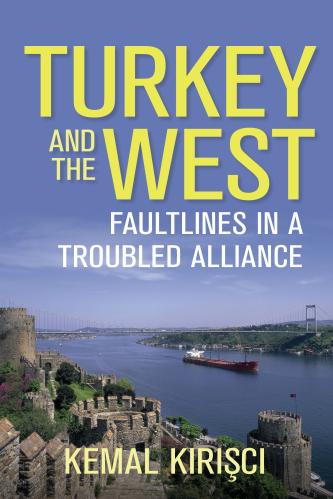
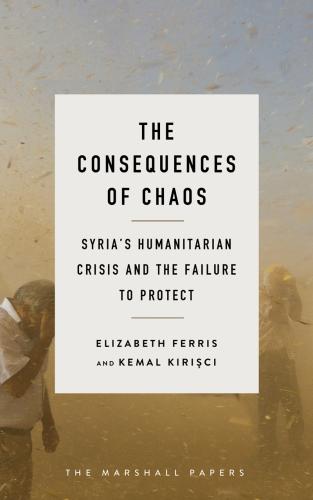
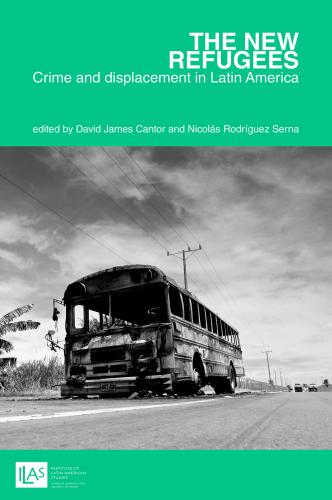
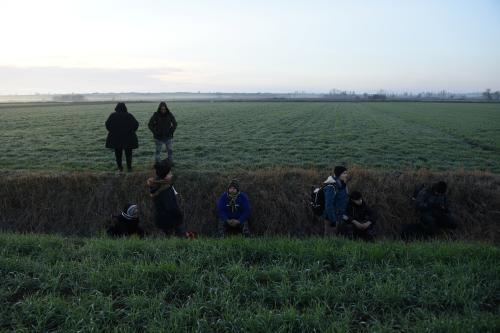
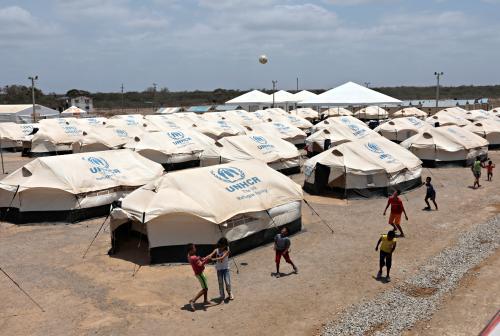
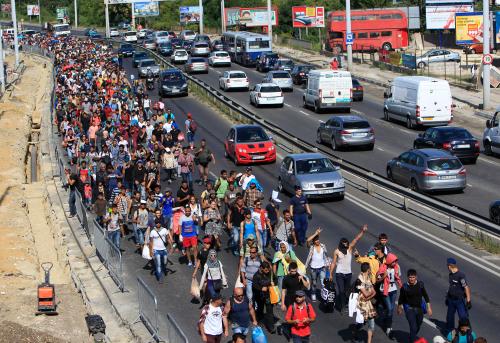

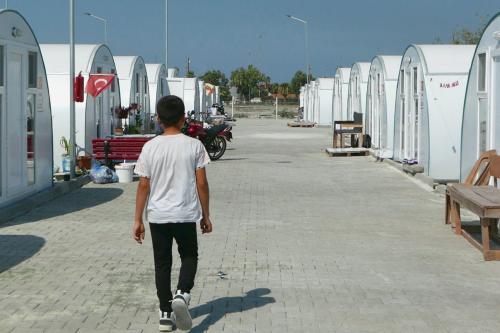
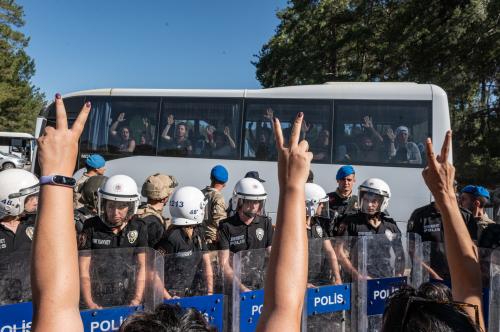
Commentary
The 1951 Refugee Convention is falling short of its mission. Could the Global Compact on Refugees help?
July 26, 2021